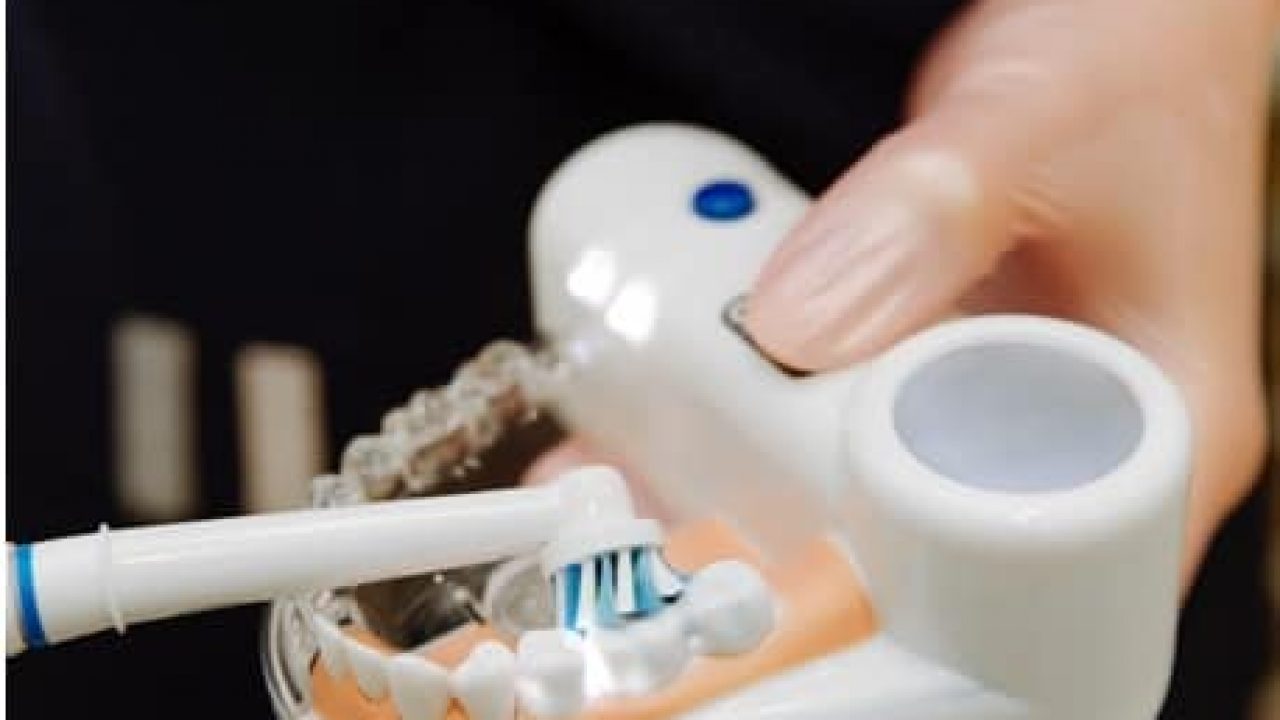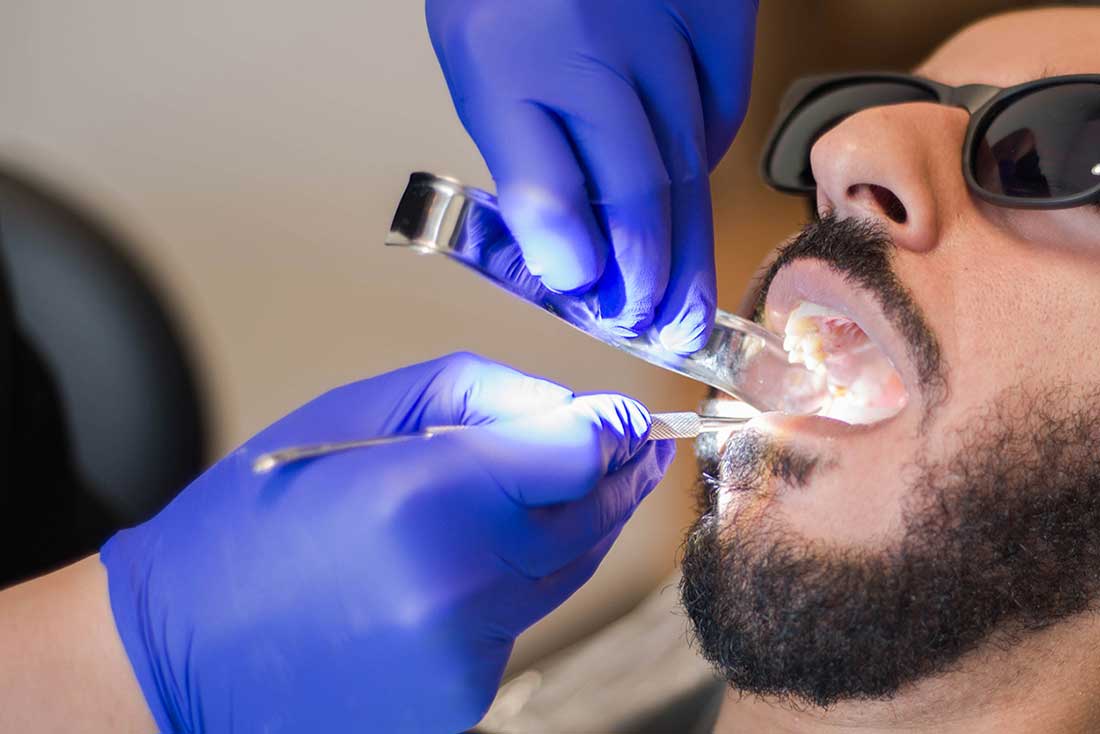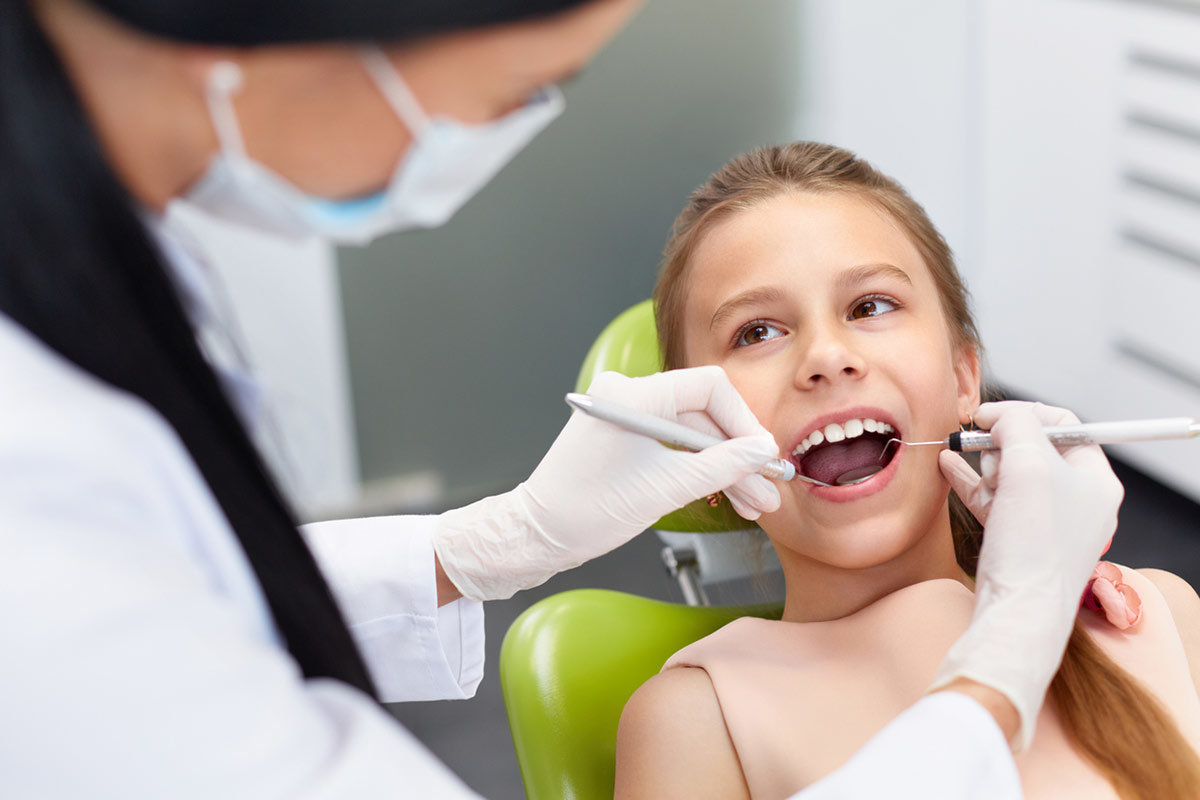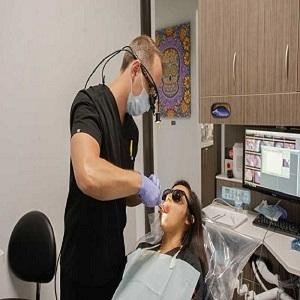Foods and drinks you consume daily have a great impact on your teeth and gums. It is essential to understand that a healthy diet can help keep your teeth and gums strong while junk food can lead to the development of tooth decay, gum disease, and many other oral issues.
In addition to a healthy diet, you should also maintain proper oral hygiene and visit a dentistry clinic on a regular basis. All these preventive measures may help you avoid many negative consequences. In this article, we have gathered nine dangerous foods and drinks that can worsen your oral health.
1. Coffee
Many people think that coffee is a perfect remedy for sleepiness and tiredness, but you should know that it can significantly affect your teeth. Regular coffee consumption can make your teeth look dark and stained. Additionally, coffee is an acidic drink that softens your tooth enamel and makes it more vulnerable to negative impact.
2. Dried fruits
Even though dries fruits can be deemed as a healthier substitute for candies, they can still ruin your teeth. The reality is that dried fruits often contain a lot of sugar that contributes to tooth decay. That’s why it is better to replace them with fresh fruit or nuts if you want to have a bite.
3. Sticky cookies
Sticky foods, especially cookies, can also worsen your oral health. They usually linger in your mouth and create a perfect environment for bacteria. These bacteria produce acids that affect your gums and tooth enamel. Try to avoid sticky foods or at least rinse your mouth with water after their consumption.
4. Sweet soda
Sweet soda is double trouble for your oral cavity. Most kinds of soda water contain acids and sugar that wear out your tooth enamel and lead to bacteria overgrowth. If you are thirsty, it is better to drink sparkling water or green tea instead of sweet soda.
5. Hard candy
In addition to the huge amount of sugar in hard candy, they can lead to tooth fracture and gum injuries. The main thing is that they are solid and many people bite them. If the candy is too hard, it can cause a crack in the tooth enamel and you can also puncture a gum with a sharp piece of candy.
6. Tomato sauces
Tomato sauces contain a lot of sugar and acids. This means that regular consumption of tomato sauces can thin your tooth enamel and lead to the development of tooth decay. Try to replace tomato sauces with white sauces or hard cheese.
7. Citrus fruits
Even though citrus fruits are full of vitamin C that is essential for your health, it is better to limit their consumption since they are extremely acidic. You should also know that it is not recommended to brush your teeth immediately after the consumption of acidic foods since you can scratch the softened tooth enamel.
8. Potato chips
Potato chips are an extremely tasty snack that can affect your teeth as well. Potatoes are full of starch that turns into sugar in your mouth. Additionally, pieces of chips can get stuck between your teeth and feed on bacteria.
9. Alcohol
Alcohol can contain sugar and lead to dry mouth. If you have insufficient salivation, food particles, plaque and bacteria remain in your mouth. That’s’ why it is essential to stay hydrated especially if you consume alcohol.
The bottom line
If you want to avoid oral disease, it is better to avoid or at least limit the consumption of the aforementioned foods and drinks. But you should also maintain proper oral hygiene and don’t skip regular dental check-ups.






